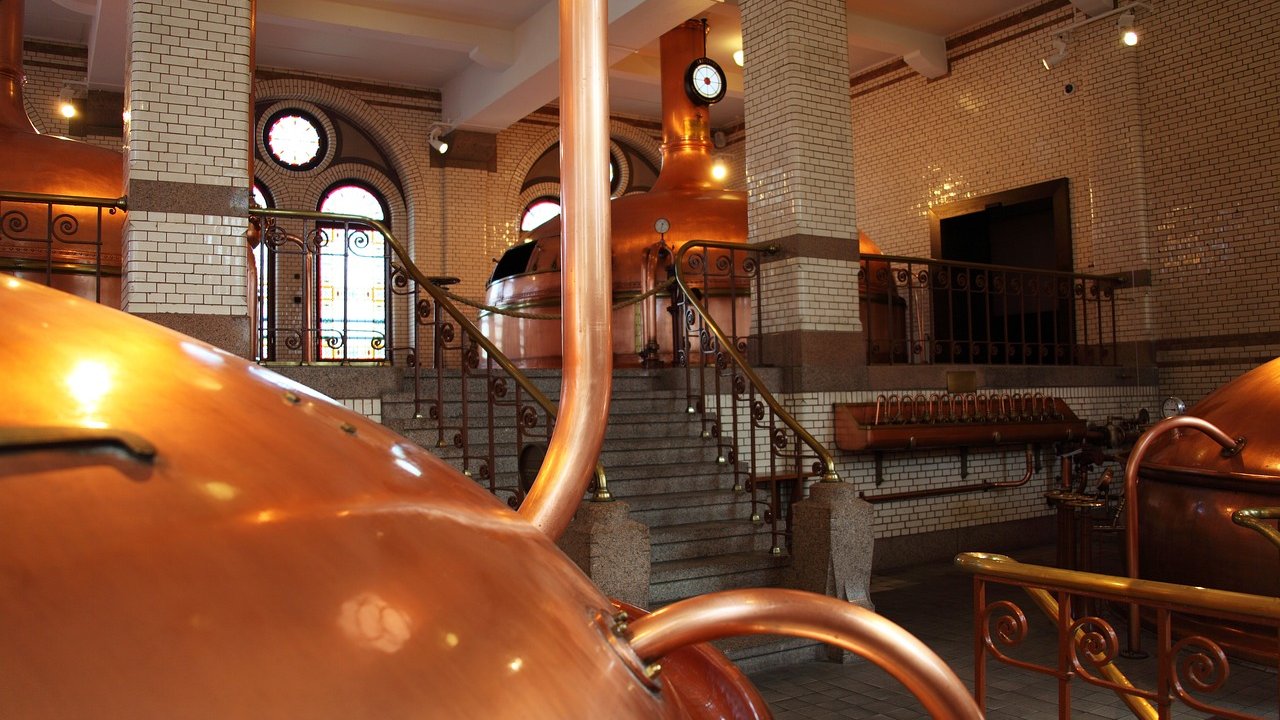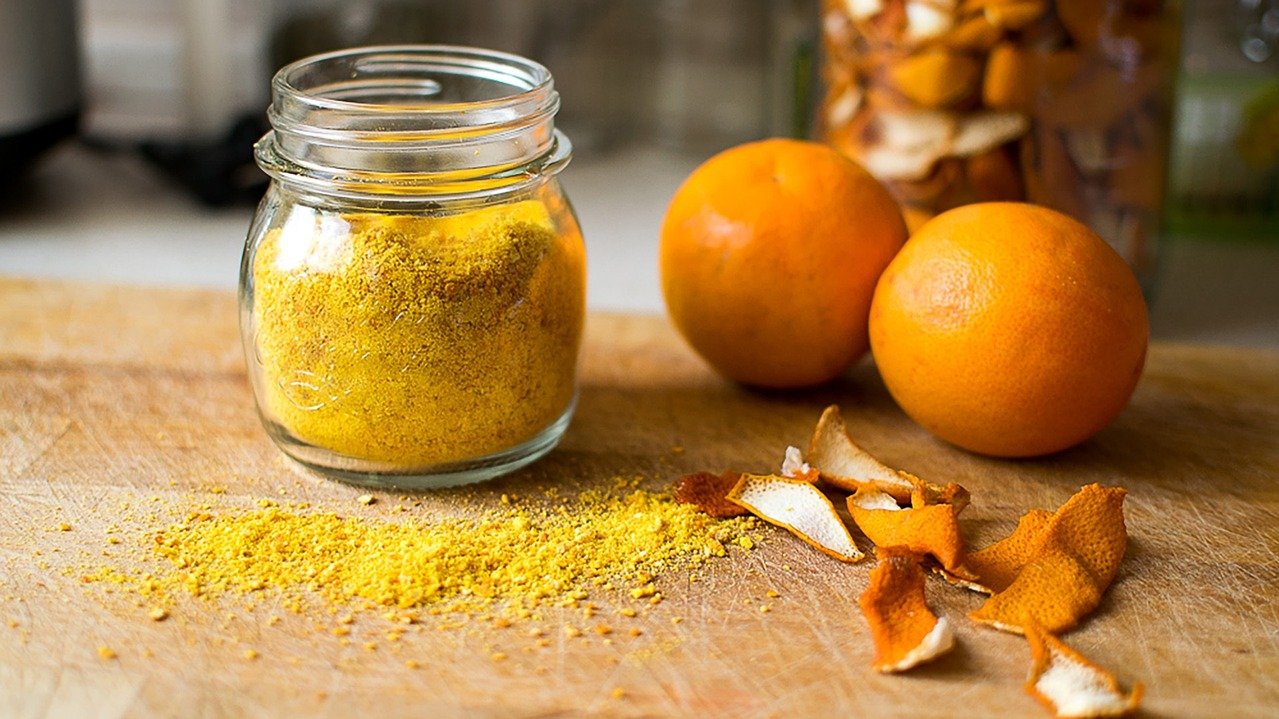
Fermentation is a term that sparks curiosity in many. Foodies may associate it with the tangy taste of sauerkraut, while beer enthusiasts might immediately think of the bubbly brew they enjoy. In essence, fermentation is a chemical process that has been used for centuries to produce and preserve various foods and beverages. But what does it actually entail? Let's break down the basics.
What is Fermentation?
Fermentation is a metabolic process that involves the conversion of sugar into acids, gases, or alcohol using yeast or bacteria. It's a technique commonly used in the creation of many types of food and beverages, like beer, wine, bread, yogurt, and pickles.
Types of Fermentation
There are three main types of fermentation:
-
Alcoholic Fermentation: This is the process used to make beer and wine. Yeast converts sugar into alcohol and carbon dioxide.
-
Lactic Acid Fermentation: In this type, bacteria convert sugar or starch into lactic acid. It's used in producing foods like yogurt, cheese, and sauerkraut.
-
Acetic Acid Fermentation: Here, bacteria convert alcohol into acetic acid, producing foods like vinegar.
Fermentation in Food and Drink
Fermentation plays a significant role in the production and preservation of foods and beverages. Here are some popular examples:
-
Beer: Barley is malted and mashed to produce sugar, and yeast converts it into alcohol and carbon dioxide.
-
Wine: Fermentation occurs when yeast converts the sugar in grapes into alcohol and carbon dioxide.
-
Bread: The carbon dioxide produced during fermentation makes bread rise.
-
Yogurt: Bacteria ferment milk into a creamy, tangy product.
-
Pickles: Cucumbers are preserved via lactic acid fermentation.
Health Benefits of Fermentation
Beyond flavor and preservation, fermentation also has numerous health benefits. It can improve digestion, boost immunity, and even help manage weight. In fact, fermented foods are often rich in probiotics, which are beneficial bacteria that promote gut health.
Understanding the Fermentation Process
Although each fermentation process has its specifics, most follow these basic steps:
-
Choose the Substrate: The substrate is the food source for the yeast or bacteria. It could be a grain, like in beer, or fruit, like in wine.
-
Add the Fermentation Agent: This could be yeast or bacteria, depending on the type of fermentation.
-
Control the Temperature: Maintaining a suitable temperature is crucial for the fermentation agent to work effectively.
-
Allow Time for Fermentation: The length of the fermentation process varies, it could be a few hours to several days or even weeks.
-
End the Fermentation: This is usually done by changing the temperature or alcohol level to stop the activity of the yeast or bacteria.











